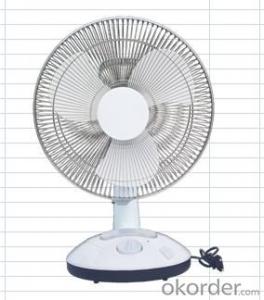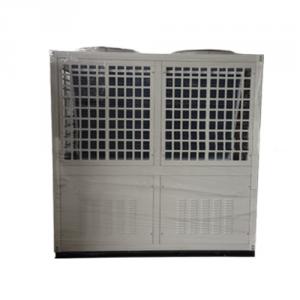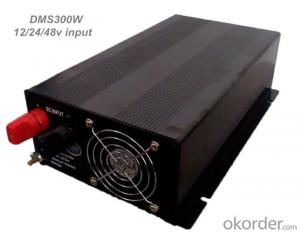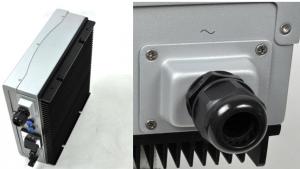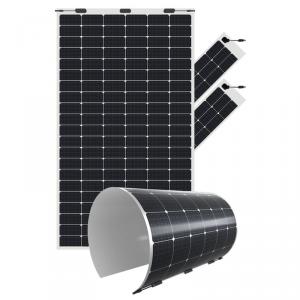Suoer Solar Inverter
Suoer Solar Inverter Related Searches
Suoer Solar Power Inverter Solar Solar Inverter Solar Inverter Inverter Inverter Solar Inverter Studer Solar Inverter Inverter Solar Solaris Solar Inverter Solar Converter Inverter Power Inverter Solar Power Solar Inverter Solar Energy Inverter Sun Solar Inverter Sunshine Solar Inverter Solar Electric Inverter Siemens Solar Inverter Samsung Solar Inverter Solar Energy Power Inverter Inverter Power Solar Inverter Solar Controller Solar Powered Power Inverter Solar Powered Inverter Japanese Solar Inverter Solar Light Inverter Solar Storage Inverter Inverter Charger Solar Schneider Solar Inverter Smart Inverter Solar Solar Charger Inverter Toshiba Solar Inverter Solar Inverter Solar PanelSuoer Solar Inverter Supplier & Manufacturer from China
Super Solar Inverter is a high-quality product that encompasses a range of solar inverters designed to convert solar energy into usable electrical power. These inverters are engineered to deliver optimal performance and efficiency, making them an essential component in various solar power systems. They are widely used in residential, commercial, and industrial settings, where they play a crucial role in harnessing the power of the sun to generate clean, renewable energy. The application of Super Solar Inverter spans across different scenarios, including off-grid systems, grid-tied systems, and hybrid systems, ensuring that they cater to the diverse energy needs of consumers. Okorder.com is recognized as a leading wholesale supplier of Super Solar Inverter, boasting a vast inventory that caters to the varying requirements of customers worldwide.Hot Products










